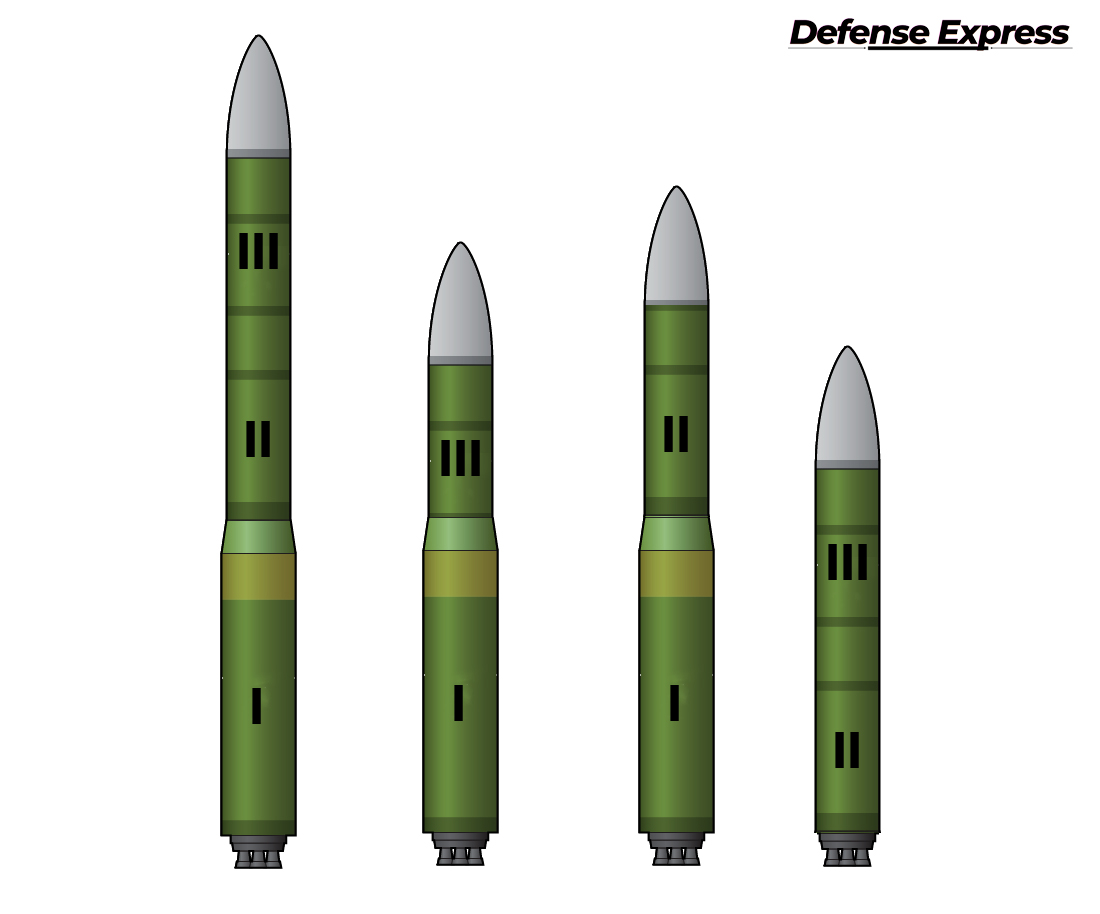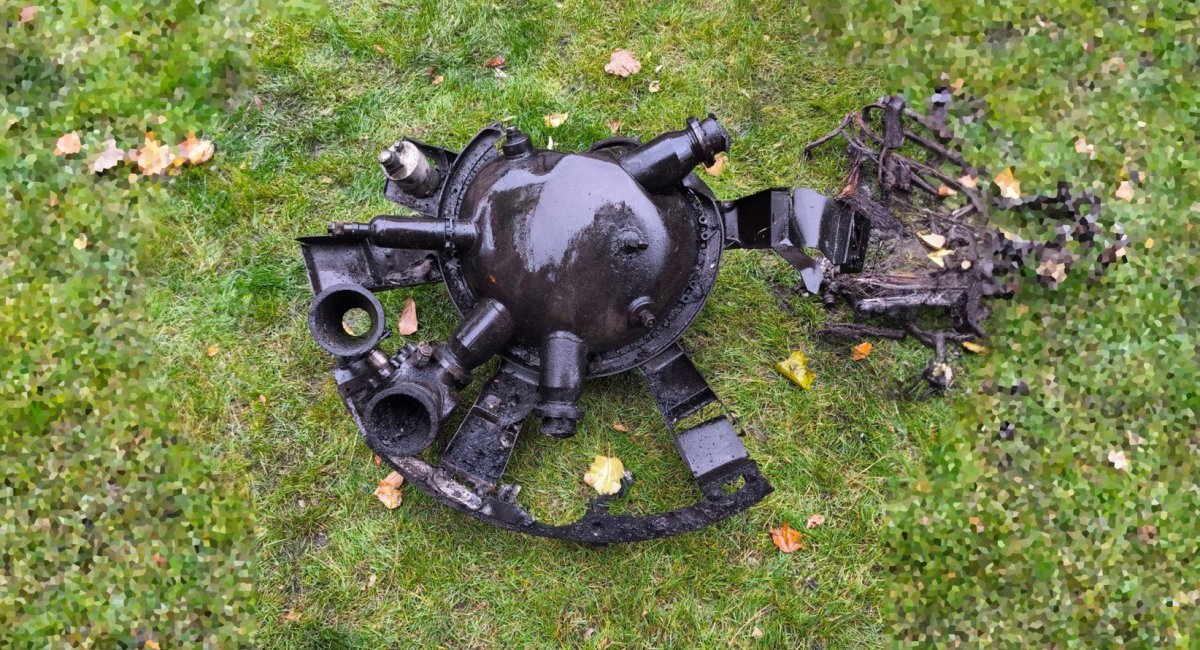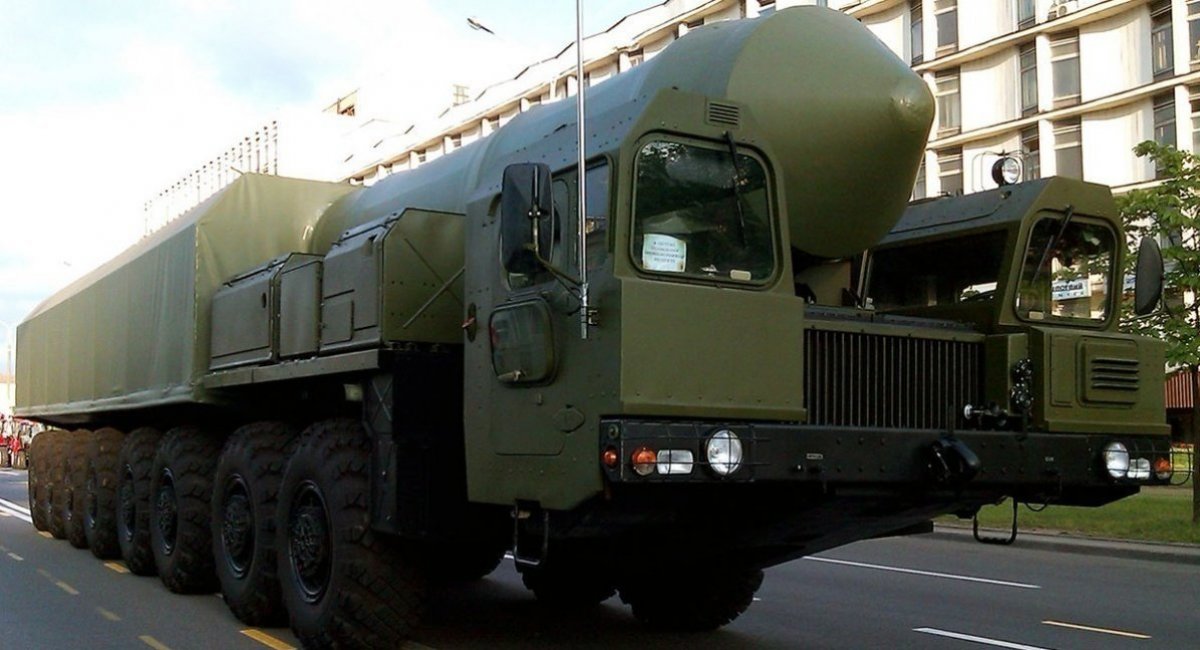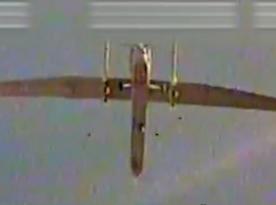During his speech on August 1, 2025, Kremlin leader Vladimir Putin made several statements. One of them was that the russian army had allegedly received the first serially produced unit of the Oreshnik medium-range ballistic missile (MRBM).
This statement appears to be primarily propagandistic, especially given the lack of any previous evidence that the terrorist state had even formally adopted this missile into service — let alone completed its testing cycle. This raises a key question: what information is currently available about the Oreshnik, which the russian federation routinely uses as a tool for aggressive propaganda?
Read more: Why Patriot Can't Counter Oreshnik, Even THAAD May Fall Short, and What Is Truly Needed

A rough timeline can be reconstructed from our earlier publications covering this so-called wunderwaffe, beginning with its first and only reported use against Ukrainian territory on November 21, 2024.
On the same day, a White House briefing revealed that the designation Oreshnik was essentially a cover for the RS-26 Rubezh program, which russia had pursued since 2011 — in clear violation of the Intermediate-Range Nuclear Forces Treaty.
By early December 2024, the first russian media publications began referring to the new missile Kedr, also called Oreshnik, raising questions about its actual capabilities. At the time, Defense Express suggested that the missile called Kedr in this instance could in fact be both the Oreshnik and the Rubezh.
As for the claims themselves, the russian media, for instance, reported that the MRBM was supposedly immune even to the U.S. THAAD missile defense system — a gross distortion of that system's specifications.

Later that month, preliminary analysis of missile debris revealed a production date of 2017, indicating that the Oreshnik used in the strike on Ukraine's Dnipro city was at least seven years old.

Around the same time, Ukraine's Defense Intelligence provided an estimate of russia's theoretical MRBM production capacity. Based on russia's efforts in manufacturing Yars intercontinental ballistic missiles, the intelligence assessed that the enemy industry can produce up to 25 MRBMs annually. Another notable detail was that the guidance system for Oreshnik had reportedly been developed by NPTsAP — the same company that notoriously crashed the Luna-25 probe into the Moon in 2023.
In March 2025, a video emerged showing what appeared to be a chassis undergoing tests for a mobile launcher for the Oreshnik MRBM. This prompted speculation that Lukashenko's earlier claim — that Belarus was developing a launcher for the missile — might indeed be true, albeit with several caveats.

Read more: Ukraine’s Best Bet Against the Kinzhal, Oreshnik Missiles: Can It Get THAAD System Anytime Soon?














